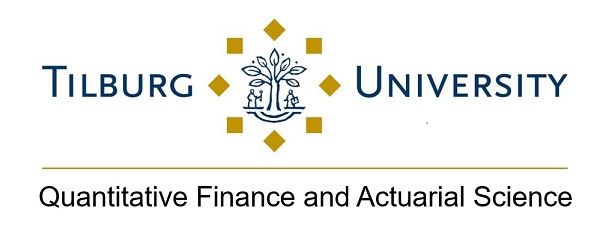1st speaker: Thomas Grünthaler, University of Münster
Title: Risk Premia and Option Intermediation.
Abstract: Equity index risk premia vary more than can be explained by market risks and pricing models. I show that index option intermediaries cause variation in risk premia to manage option positions. When expected volatility is low, intermediaries hold risky short positions. Increasing risk and liquidity premia compensate intermediaries for the risk exposure and lower subsequent demand. When expected volatility is high, intermediaries transfer risky short positions to investors. Intermediaries induce sell orders by quoting relatively higher sell prices and charging wider effective spreads for buyer-initiated trades. As a result, intermediaries’ positions are often riskless when high volatility realizes. Tighter constraints in the financial sector transmit to option intermediaries and create a reluctance to hold positions. The reluctance drives level and variation in crash risk premia independent of market risks. My results suggest that financial institutions’ risk tolerance integrates option markets with other markets.
2nd speaker: Kateryna Chekriy, University of Duisburg-Essen
Title: Net-Zero Transition Paths: Facts and Fiction
Abstract: We develop a probabilistic model to analyze net-zero commitments of companies. It allows us to incorporate the inherent variability of emission reductions of a particular company. In our model, carbon emissions follow a geometric Brownian Motion, where the drift and the volatility are based on historical emission reduction rates. The model is furthermore extended to the one with a non-constant carbon emissions’ drift. Using carbon emissions, the carbon budget can be defined, which is the cumulative amount of carbon emissions over a specified time range and can be used to dynamically track the remaining carbon budget prescribed by a net-zero scenario. The net-zero scenario pathway is calibrated to a firm of interest considering its emissions reduction targets, including the net-zero target. Using estimated carbon emissions’ parameters, we compute the probability of the firm reaching its emission reduction targets. Moreover, we provide the probability of respecting the carbon budget implied by the calibrated net-zero pathway. Both probabilities are adjusted with the arrival of new emissions data. The time series of probabilities of respecting the pledged carbon budget can be used for monitoring and regulation of the corporate net-zero transition as well as to measure firm’s exposure to climate risk.
